Cultivate Zinnias From Seed With This 5 Step Guide From Master Horticulturists

Reviewed By COLIN SKELLY

Colin is a Horticulturist and Horticultural Consultant with experience in a range of practical and managerial roles across heritage, commercial and public horticulture. He holds the Royal Horticultural Society’s Master of Horticulture award and has a particular interest in horticultural ecology and naturalistic planting for habitat and climate resilience.
Contributions From EMILY CUPIT

Emily is a Gardening Writer, Photographer and Videographer from Derbyshire, UK. She is the Founder of Emily's Green Diary - a community of more than 75,000 people who share in her gardening journey.
IN THIS GUIDE
ZINNIA GUIDES
Natives of Mexico and the surrounding regions, zinnias are eye-catching flowers which come in a wide variety of shapes, colours and sizes, making them versatile enough to fit any existing design scheme.
As annuals, zinnias will die out with the first kiss of frost in late autumn and early winter.
Fortunately, you can sow new seeds and coax them into beautiful blooms in a matter of weeks with little fuss.
For those not yet confident in their abilities to cultivate zinnias from seed, the following list is a straightforward and easy-to-follow guide:
- Select your zinnia variety.
- Prepare your planters (skip this step if sowing outdoors).
- Sow and allow the zinnia seeds to germinate.
- Transplant the zinnia seedlings outdoors (skip this step if sowing outdoors).
- Provide the right aftercare for your zinnias.
That might seem a little confusing to the uninitiated, especially since there are two options to sow indoors or directly outdoors.
For that reason, we’ve covered each step in greater detail below, alongside some useful information about when is best to tackle the job.
| Difficulty | Easy |
| Equipment Required | Plant pots or bags, multi-purpose compost, fertiliser |
| When To Sow | 6 weeks before the last frost (indoors), after the last frost (outdoors) |
| When To Plant Out | After the last frost |
When To Sow Zinnia
The time when it’s most appropriate to sow your zinnia seeds is entirely dependent on whether you intend to start them indoors or not.
The only real advantage of this is that they will germinate more quickly and you’ll be able to enjoy colourful blossoms sooner.
If you’re going to go down this route, it’s best to sow them indoors around 6 weeks before the last frost of the season, whenever that might be in your particular part of the country.
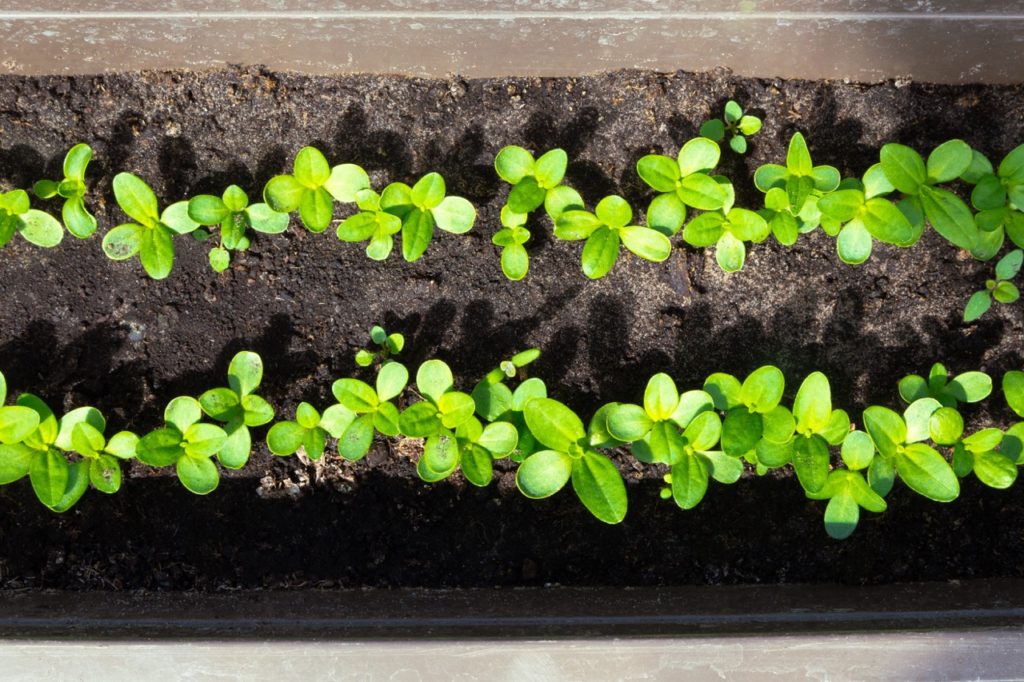
Be mindful that zinnias don’t always take kindly to transplantation, so using a compostable planter pot or bag is advisable.
Since they’re fussy about moving and the advantages of sowing indoors are minimal, I personally recommend growing your zinnias from seed directly in your garden.
You can do this immediately after the last frost has passed.
1) Select Your Variety
With literally hundreds of different varieties to choose from, there’s one for every aesthetic.
Taller types are great for adding architectural intrigue to the rear of beds and borders, while low-growing spreaders are better at filling gaps and providing coverage.
“I grow Zinnias in pots, so I choose shorter cultivars to avoid the need for supporting or staking,” says Master Horticulturist Colin Skelly.
“These shorter cultivars are also perfect for growing at the front of larger containers tiered in front of taller Dahlias.”
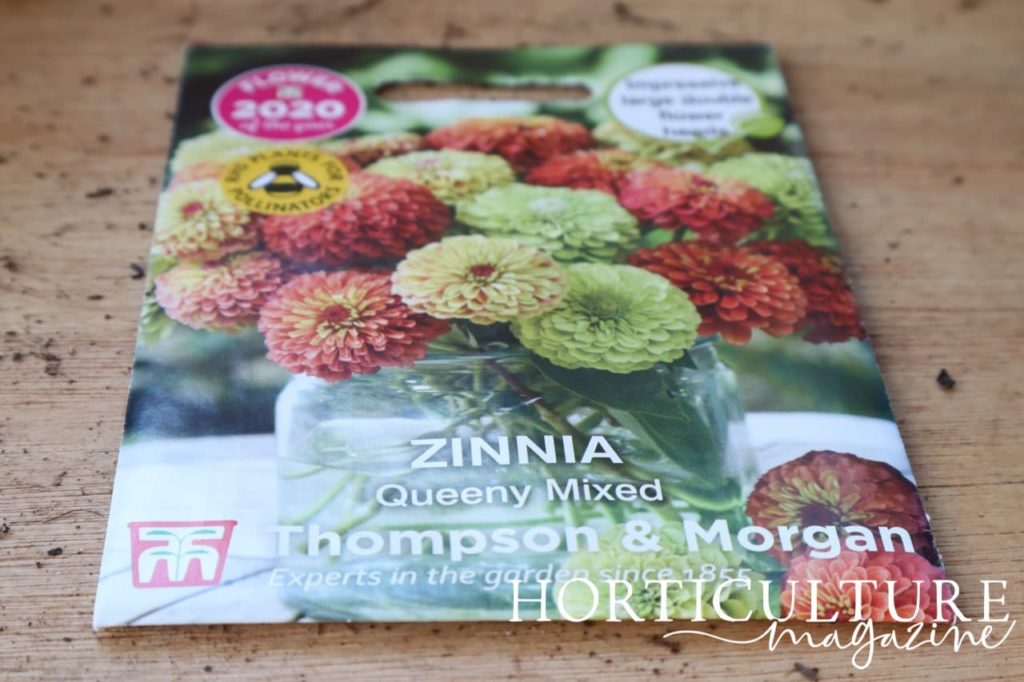
You can buy packets of seeds from your local garden centre or you can choose from a vast selection online.
Alternatively, you can harvest the seeds from last year’s zinnias to create perfect replica plants.
2) Prepare Your Planters
As mentioned above, zinnias are very sensitive to movement and any damage to their root systems can be terminal.
As such, it’s a good idea to use compostable planters (or a similar solution) so that you can transplant the whole thing, pot and all, into the outdoor soil later on.
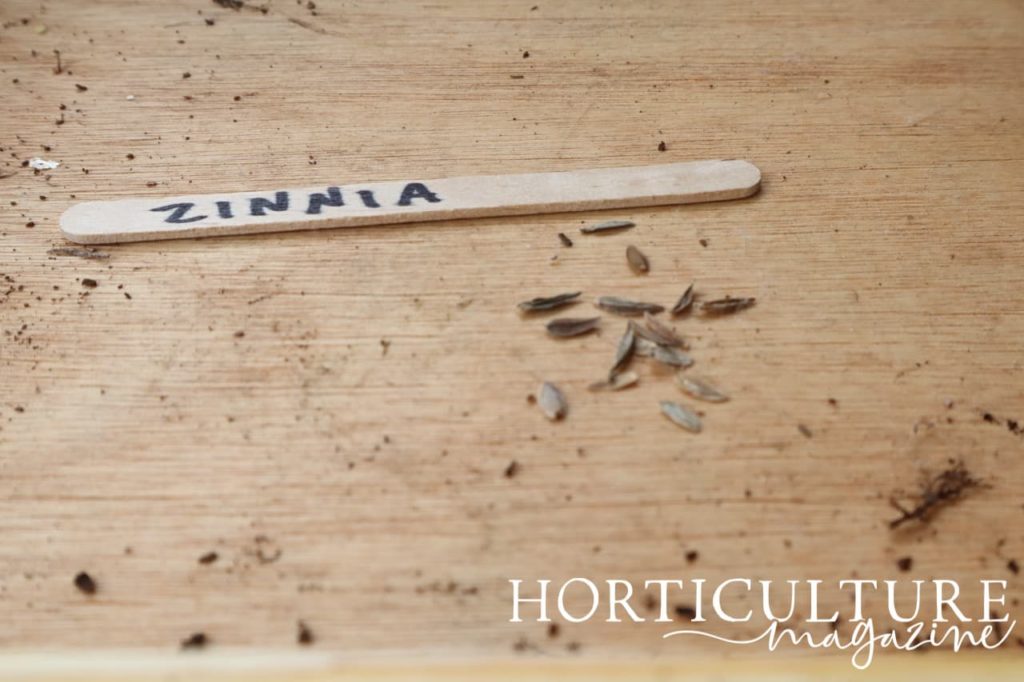
Different varieties will require different dimensions for their root system to develop, but as a general rule of thumb, the planter should be 15cm in diameter and depth.
Use an all-purpose compost with additional perlite for better drainage, taking care to ensure the pots have holes in their base as well.
3) Sow Your Zinnia Seeds
If planting directly outdoors, work the soil over and, if necessary, enrich it with organic compost to enhance its nutrient levels.
Sow the seeds and cover over with 0.5cm of soil, then water lightly so that the soil is moist but not saturated.
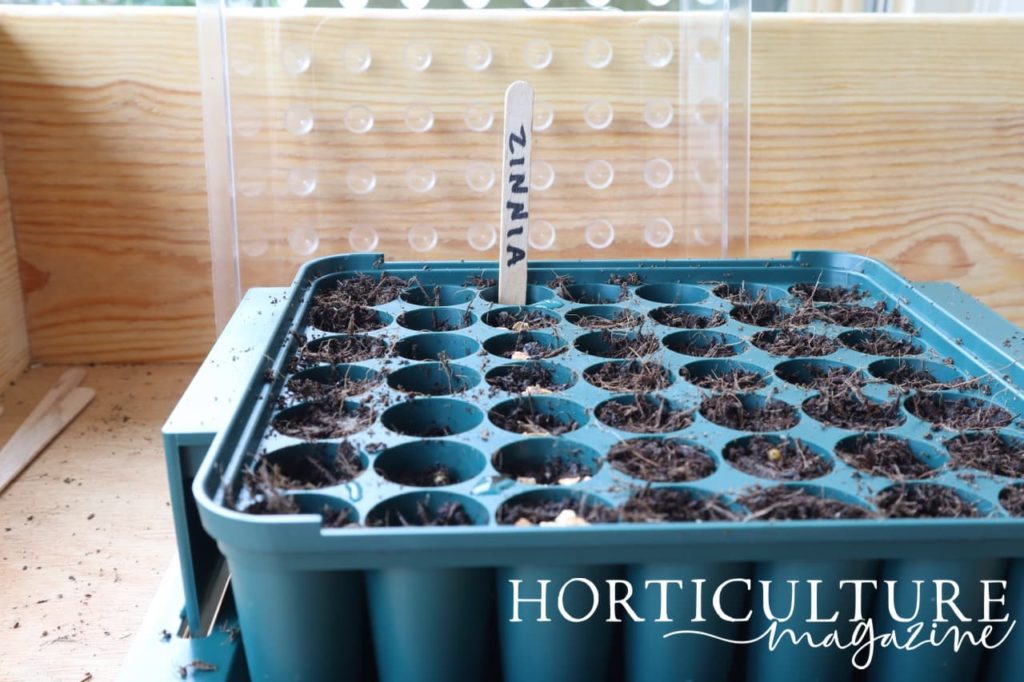
If sowing indoors, cover your planters with plastic and keep the medium moist and humid until sprouts appear.
Germination should take around 3-5 days, at which point the plastic can be removed and the planter can be placed on a sunny windowsill.
4) Transplant Outdoors
When the seedlings have reached a few centimetres in height and show two sets of leaves, you can thin them out and move outdoors.
For best results, you might want to stagger this process so that the sudden change in temperature doesn’t cause undue stress.
You can begin by moving them to a shadier spot indoors, then finally move them outside when the time is right.
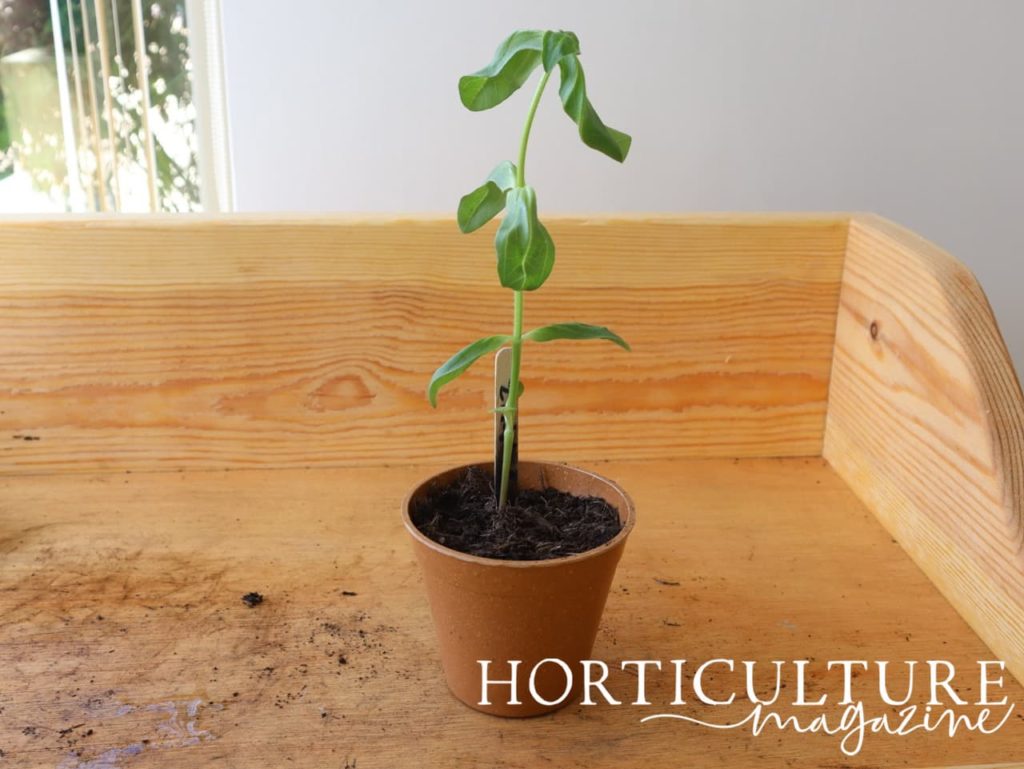
If using a compostable planter, place the whole thing in the ground and ease some soil in around it.
If not, take extra care not to disturb the roots when transplanting.
5) Provide The Right Aftercare
Zinnias need regular irrigation but can’t stand waterlogged soil, so aim to keep them moist but not saturated.
Always water the soil itself rather than the foliage, since wet leaves can instigate powdery mildew or other fungal diseases.

Remember to collect seeds at the end of the zinnia’s lifespan if you wish to grow them again the following spring.

